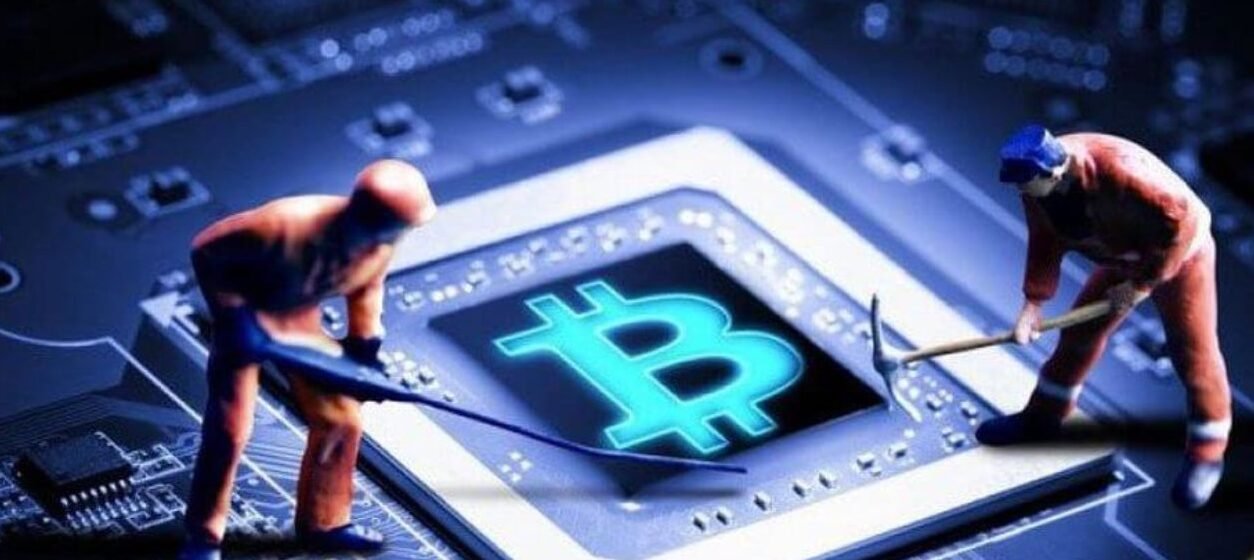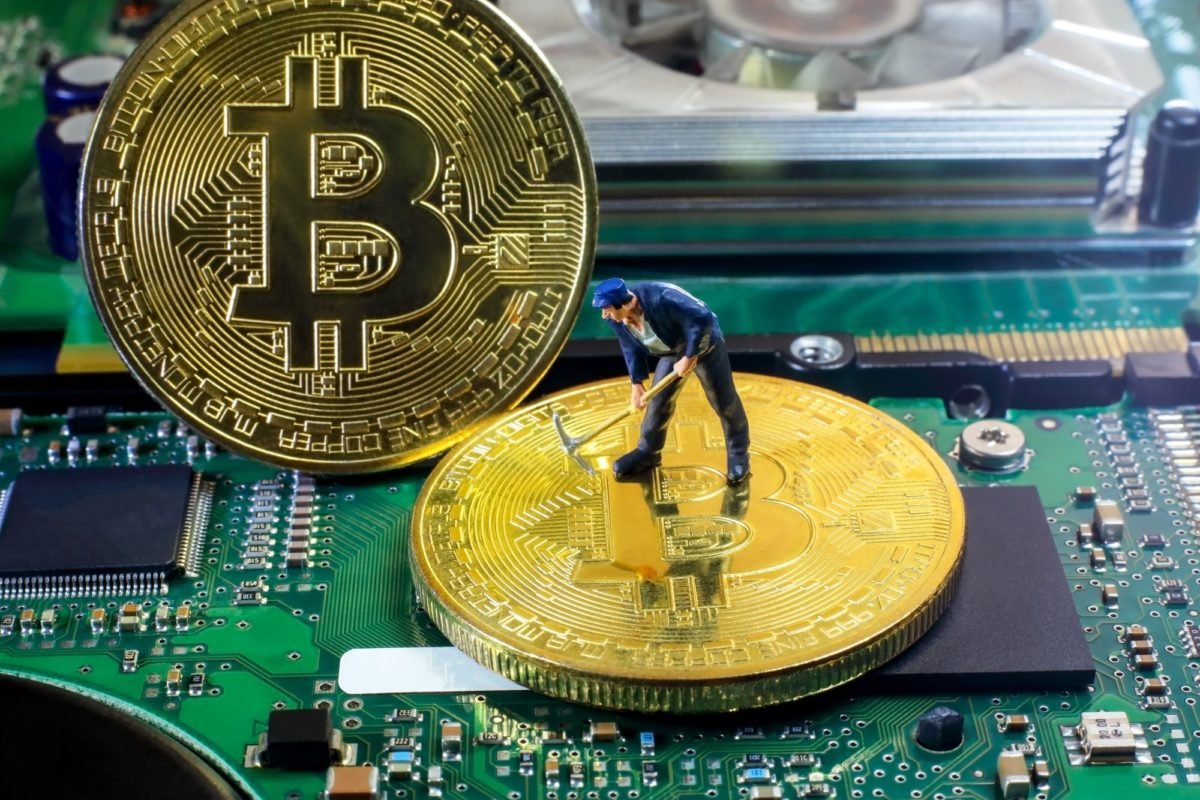He is still a key member of the world’s largest and most decentralised cryptocurrency network. This process generates new bitcoins and verifies transactions. ASICs, or application-specific integrated circuits, are special hardware pieces that use sophisticated math to solve cryptographic challenges. After solving the puzzle, the winning miner adds a new block to the Bitcoin News and gets a block reward in BTC and transaction fees. Bitcoin mining profitability
This procedure is more than just a technological function; it’s also an economic system, a security protocol, and a way for people to agree without having to go via a central authority. There will always be a limited number of coins because Bitcoin’s supply is fixed at 21 million coins. The halving events, which occur about every four years and halve miner incentives, are a key part of its architecture and significantly impact the mining sector.
Mining Efficiency and Profitability Decline
The halving in 2024 cut block rewards in half, from 6.25 BTC to 3.125 BTC. This modification had a big effect on the economic math behind mining operations. The global hashrate, which is the entire amount of processing power that secures the network, has achieved record highs, recently going over 921 exahashes per second (EH/s). This rise shows that hardware is becoming more efficient and that more institutions are getting involved in mining.

But profits have gone down. In early 2024, revenue per terahash per second (TH/s) was $0.12. By mid-2025, it had dropped to less than $0.05. At the same time, mining difficulty, which is a measure of competitiveness that is changed by an algorithm, went beyond 123 trillion, making it harder and more expensive to earn bitcoin.
Miners’ biggest operating cost is still electricity. The average cost of making one bitcoin around the world is currently more than $70,000, which is more than 30% more than it was in late 2024. This cost changes a lot based on where you are, what hardware you have, and how you use energy.
ASIC Innovation and the Efficiency Race
Innovation in ASIC technology makes modern Bitcoin mining possible. The Bitmain Antminer S21 and WhatsMiner M66 are two current leaders who use 16–17 joules of energy per terahash. These improvements let miners get more work done while using less energy, which is important because the network is getting harder and the margins are getting smaller.
The semiconductor competition is heating up. Companies like TSMC and Samsung are now using 3-nanometre chip technology and getting ready to use 2-nanometre chips. These chips not only make processing faster, but they also lower the amount of heat they give off, which lets more miners employ small cooling systems like immersion or hydro-cooling.
These kinds of new ideas are bringing the global energy efficiency requirement for mining closer to 30 J/TH. By 2026, top companies want to be under 20 J/TH. The outcome is a kind of arms race: miners have to keep upgrading their technology or they won’t be able to compete.
Geography, Energy, and Sustainable Mining
Bitcoin mining depends on geography more than ever. Cheap electricity may make or break a mining enterprise. Countries like Paraguay, Oman, Kenya, and parts of North America give miners power for less than $0.04 per kilowatt hour, mostly from renewable sources like hydro or solar power.
Mining is utilised to keep power networks stable in these areas with a lot of energy. When demand goes down, miners can use extra power; when demand goes up, they turn off to keep the supply. Regulators and grid operators are starting to like this flexible consumption model more and more.
Renewable energy is no longer just a choice; it’s becoming a need. As people pay more attention to how mining affects the environment, miners are looking for ways to make their operations carbon neutral. Green energy powers all of the projects in Iceland, Canada, and parts of Scandinavia. In France and Finland, data centres are using the extra heat from mining rigs to heat public swimming pools and homes, turning waste into something useful for the community.
Bitcoin Mining Profitability Factors
Profitability in Bitcoin mining is driven by multiple factors: the price of bitcoin, the network difficulty, hardware efficiency, and electricity costs. When bitcoin prices surge, mining becomes more profitable, attracting new participants and increasing the total hash rate. Conversely, during bear markets, only miners with the lowest operating costs can remain profitable. Electricity prices are often the most critical variable. Miners in regions with rates below $0.05 per kilowatt-hour have a distinct competitive advantage.

To manage risks and smooth earnings, most miners join mining pools. These collaborative networks combine computational resources, allowing participants to earn a steady stream of income based on contributed hash power. Popular mining pools include Foundry USA, F2Pool, and Antpool, which together control a significant portion of the Bitcoin hash rate.
Final thoughts
The regulatory environment around Bitcoin mining varies widely across jurisdictions. China, previously the world’s mining hub, banned cryptomining in 2021 for environmental and financial reasons. This changed the mining environment, with operations moving to the US, Kazakhstan, and other crypto-friendly countries. Politicians in Wyoming and Texas have promoted mining as a job creator and economic reviver. Federal regulators and energy commissions have discussed grid balancing, demand response, and crypto mining in energy markets. Senator Cynthia Lummis has publicly supported the industry, viewing it as an engine for innovation and energy optimisation.

















